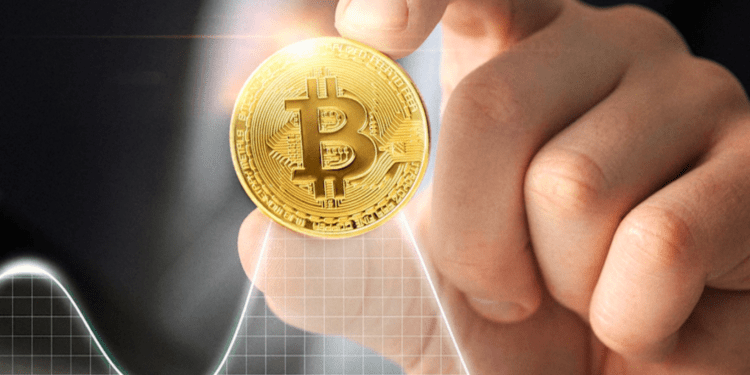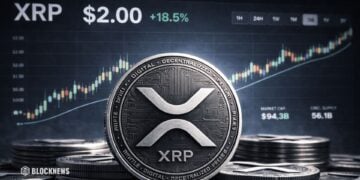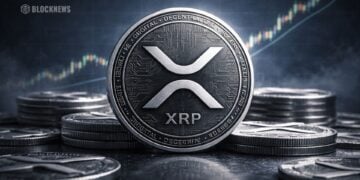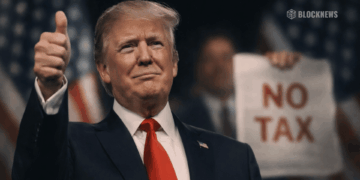NFT Steez talks with Mashiat Mutmainnah, the NFT lead at Celo, on the potential of ReFi and how it may advance environmental and social good.
- Millions of people in numerous nations assert that they have basic, equal access to financial services that enable them to meet their daily needs.
- Users can reinvent their relationship with money and the current financial system with the help of ReFi.
- By “stabilizing” climate and “biodiversity” while preserving equal access throughout global communities, ReFi can be seen as a manner of triangulating the aspects of sustainability.
Regenerative Finance (ReFi)
Millions of individuals in numerous nations lack direct, fair access to the financial services that would enable them to meet their daily requirements. On this week’s NFT Steez, hosts Alyssa Expósito and Ray Salmond meet with Mashiat Mutmainnah to talk about how regenerative finance (ReFi) may make blockchain technology more accessible and inclusive.
ReFi, a “mission-driven movement,” allows people to redefine their relationships with the present financial system and their relationships with money and wealth, according to Mutmainnah. What if there were more modern models that could effectively reduce this? ReFi, in Mutmainnah’s opinion, has the power to alter the purpose and meaning of money.
What is the impact of ReFi?
Mutmainnah noted that ReFi aims to raise awareness of the “extractive” and “exploitative” ways the current financial institutions function. She also connected to fast fashion, stating that for a consumer to buy a shirt for $5, a child laborer must be paid.
These “extractive” institutions are ineffective for individuals today, and ReFi’s central principle is equal distribution and accessibility. ReFi has provided “concrete and accessible use cases,” according to Mutmainnah, who noted that although this is a pillar and is frequently associated with ReFi. Users can “plugin” and participate in models and systems that can improve their and the ecosystem’s general prosperity.
ReFi can therefore be seen as a mechanism to maintain fair access across global communities while simultaneously “stabilizing” the climate and “biodiversity” as parts of sustainability. New financial models and procedures could be developed. As a result, thereby boosting prosperity. ReFi is assisting people in altering their relationship with money, according to Mutmainnah.
Can Web3 and NFTs be used for the social and public good?
When questioned if nonfungible tokens (NFTs) may be utilized for the benefit of society at large, Mutmainnah cited a pilot project that used a “loyalty NFT incentives program.” Mutmainnah described how a similar approach could produce favorable and long-lasting results, akin to Starbucks’ most recent NFT loyalty program.
Take the purchase of an NFT that entitles the owner to a free coffee every day for ten days as an illustration. In these scenarios, using NFTs can increase the advantages of the good or service while making them more economically feasible and raising public awareness.
In contrast to the hype and rumors surrounding NFTs in 2021, more platforms and developers are growing and looking into real-world applications of peer-to-peer and peer-to-business projects. But adoption is sometimes complicated. Beyond NFTs, Mutmainnah claims several “infrastructure components” to investigate, such as developing more dynamic goods that make this possible.
It’s a kind of dance, according to Mutmainnah, between “making a product frictionless” to encourage easy adoption and giving the customer the tools they need to become an “advanced” user who “takes full charge of their assets.”
Conclusion
ReFi reflects a steady and regenerative method to navigating the financial system that attempts to democratize access to financial services by combining both positive and negative externalities while protecting users. ReFi’s influence is growing; currently, even banks, critical players in the conventional financial ecosystem, are moving towards it. ReFi is anticipated to grow to be a trillion-dollar economy based on the indicators.














